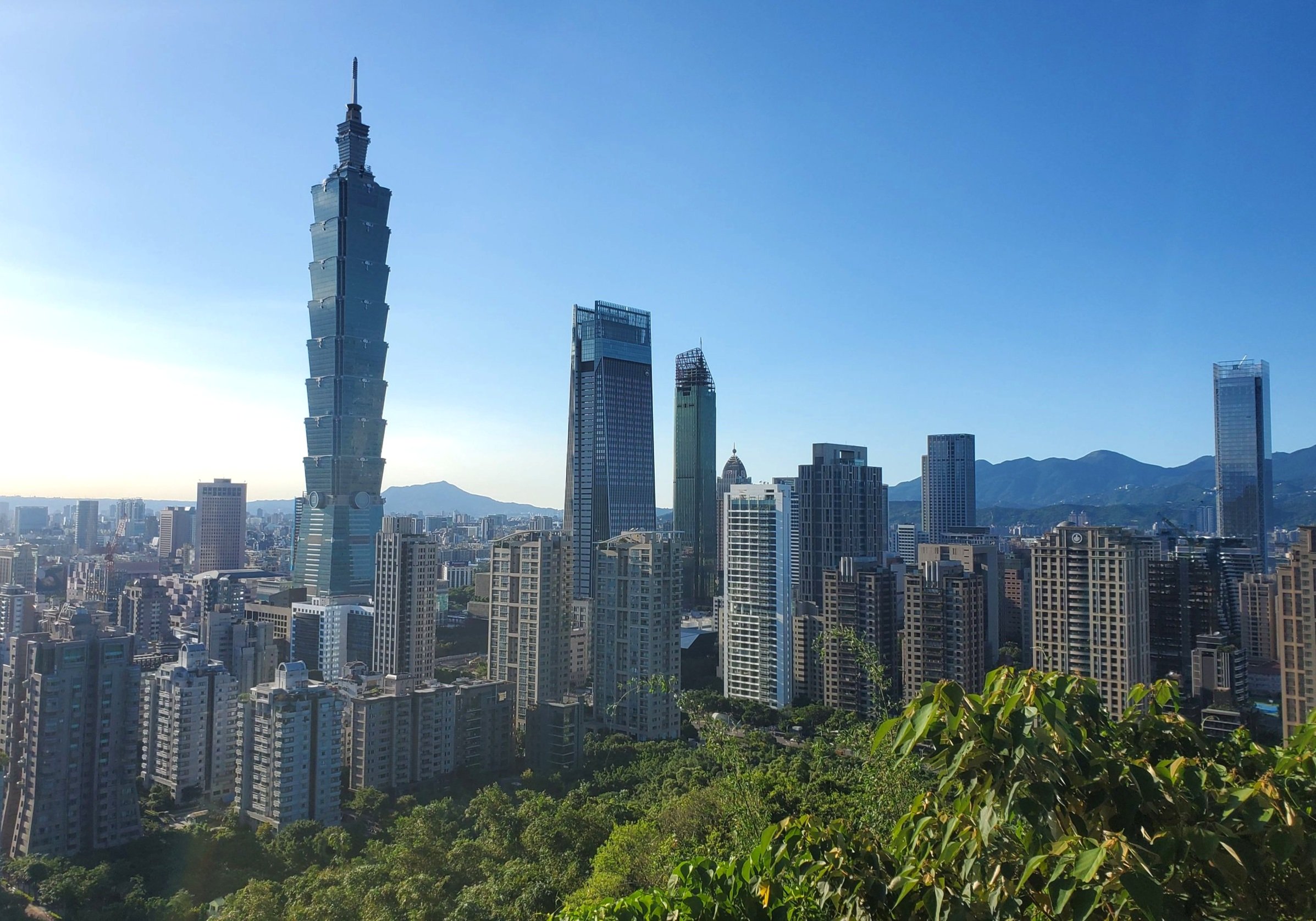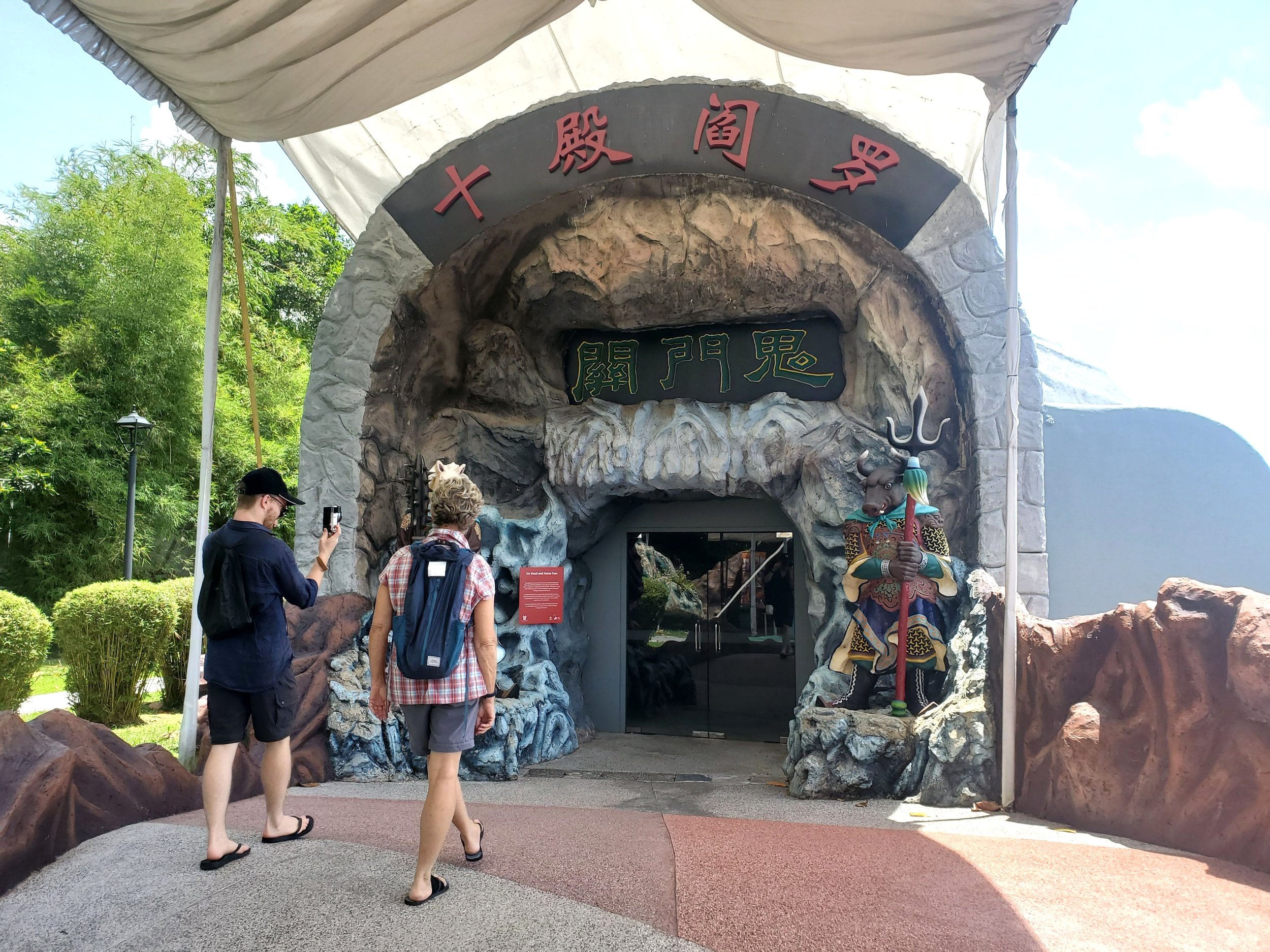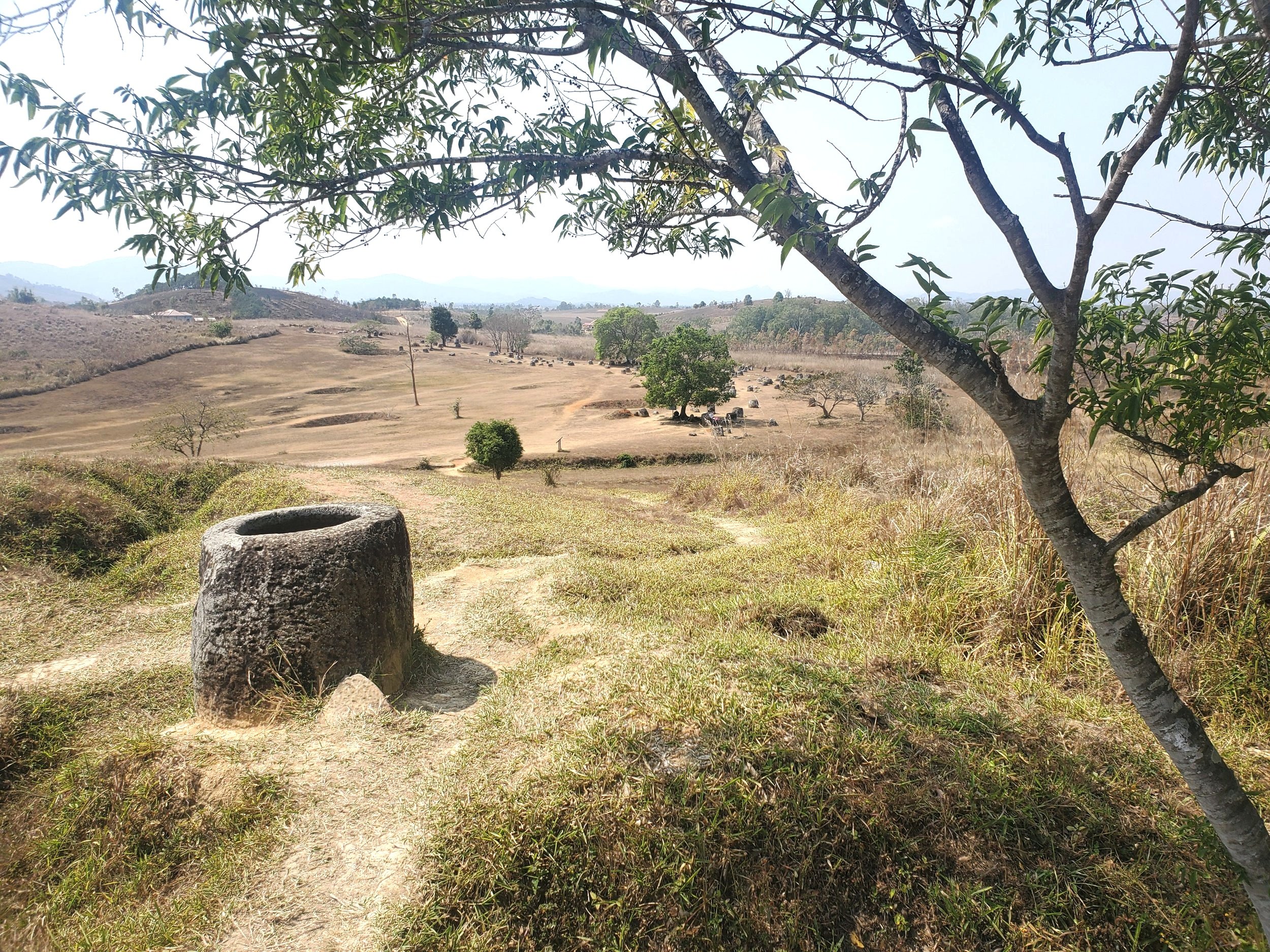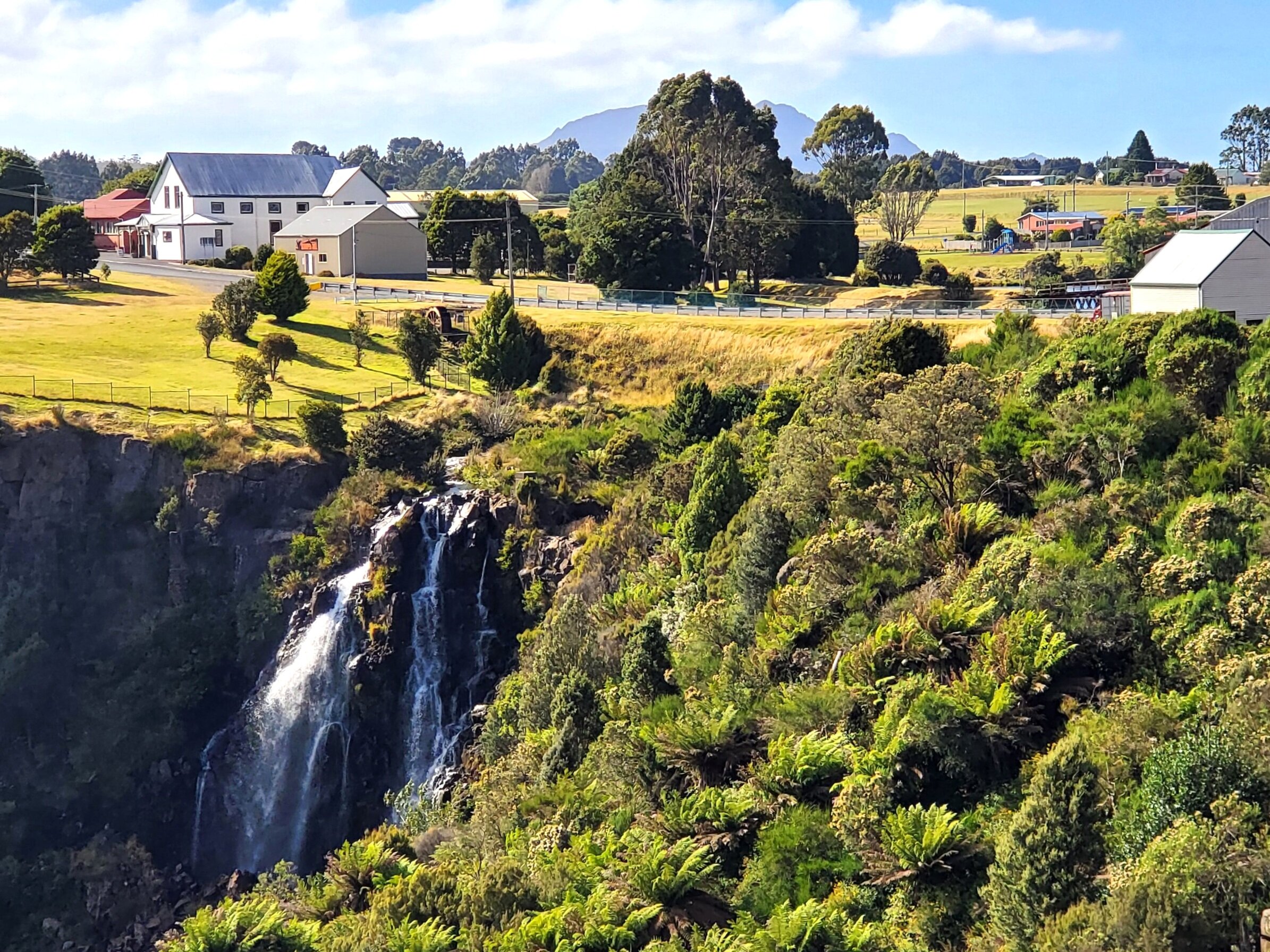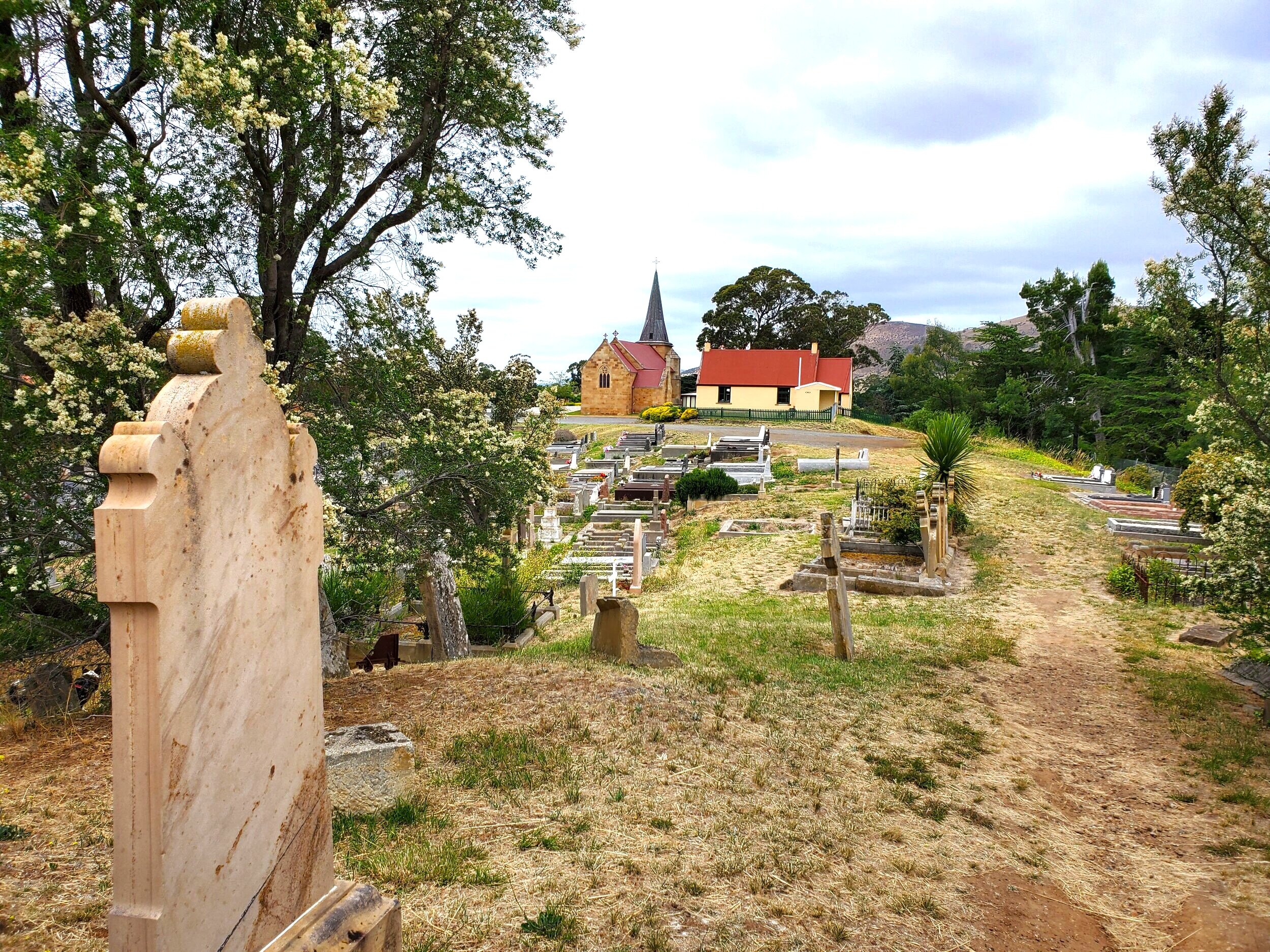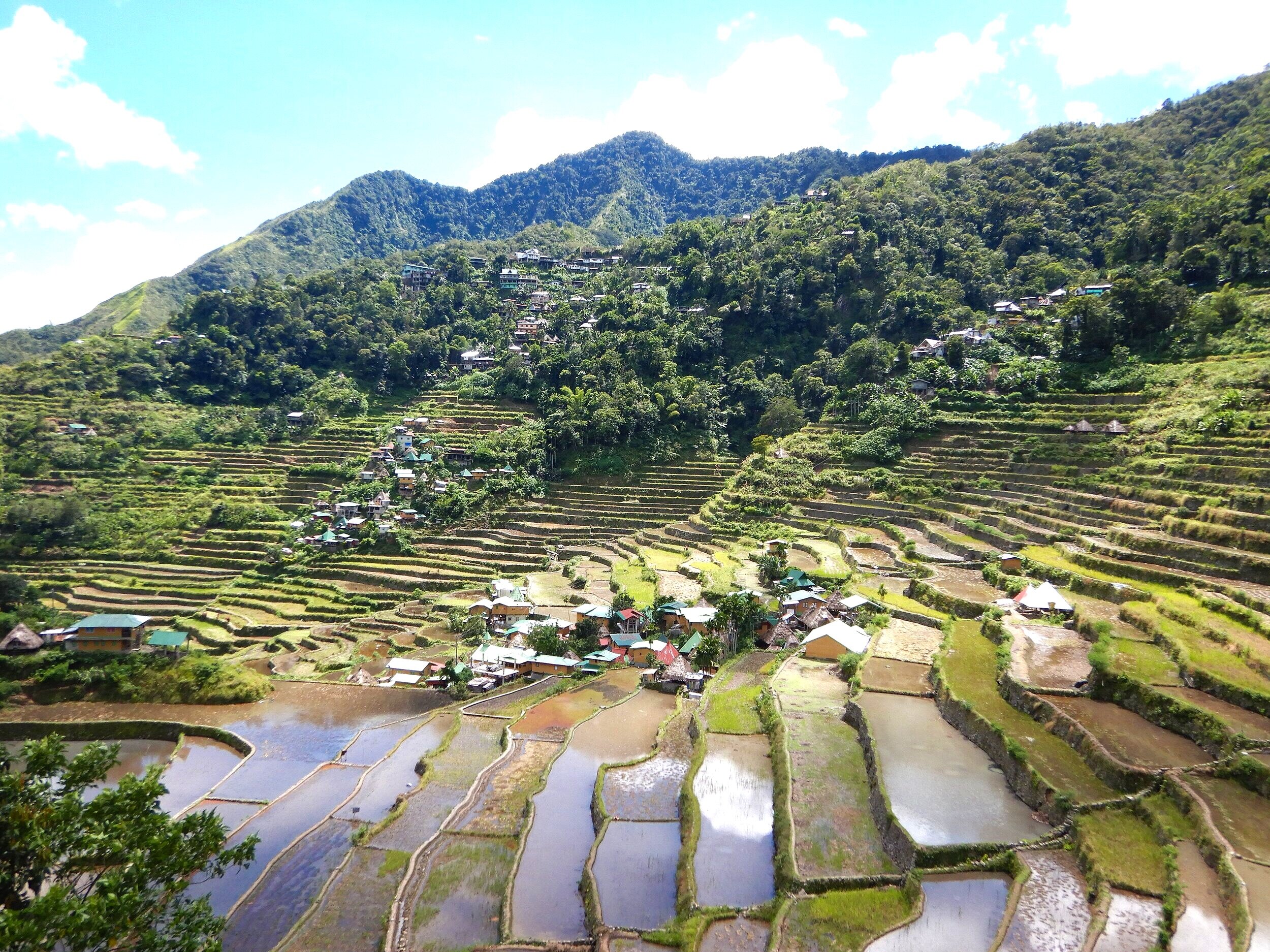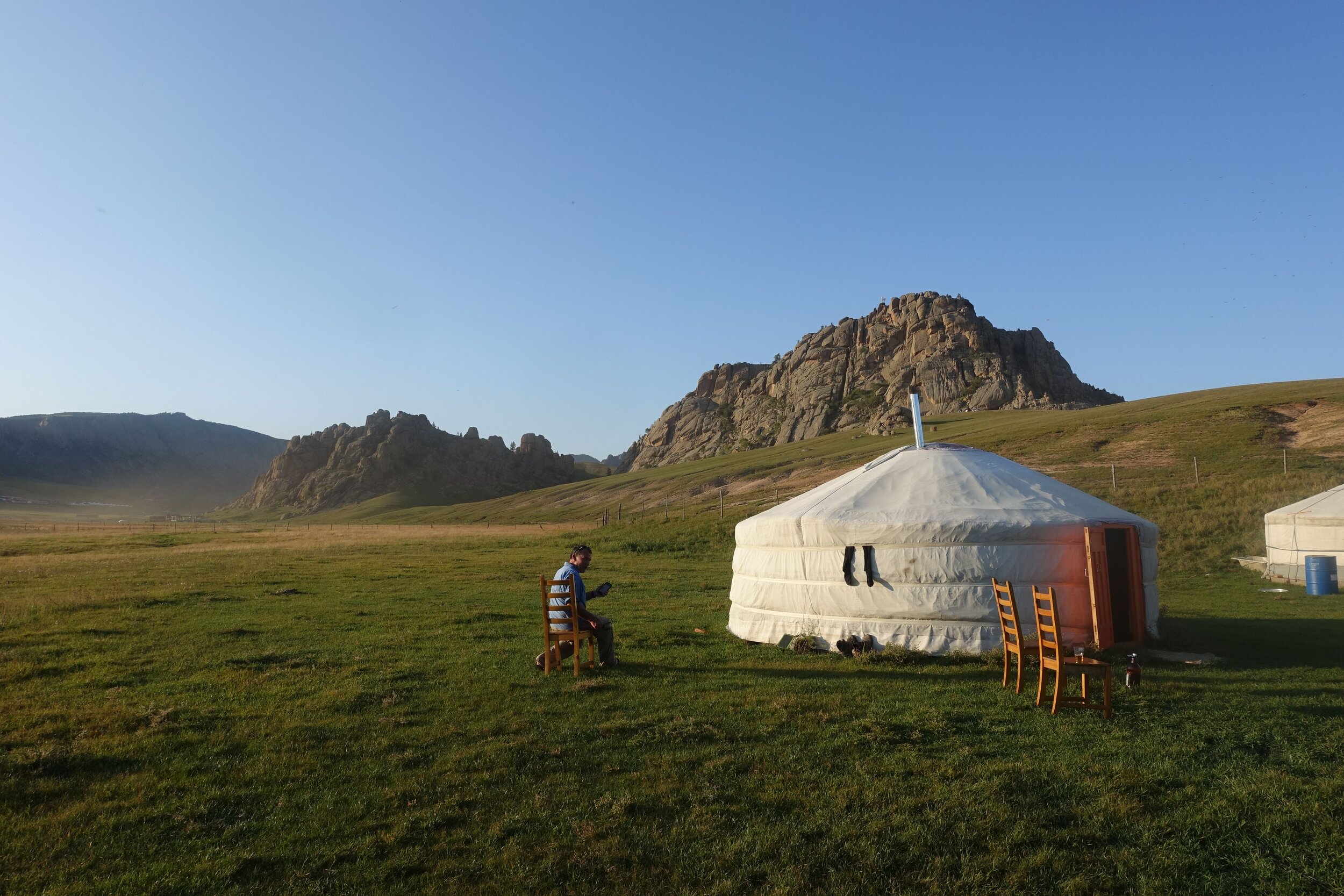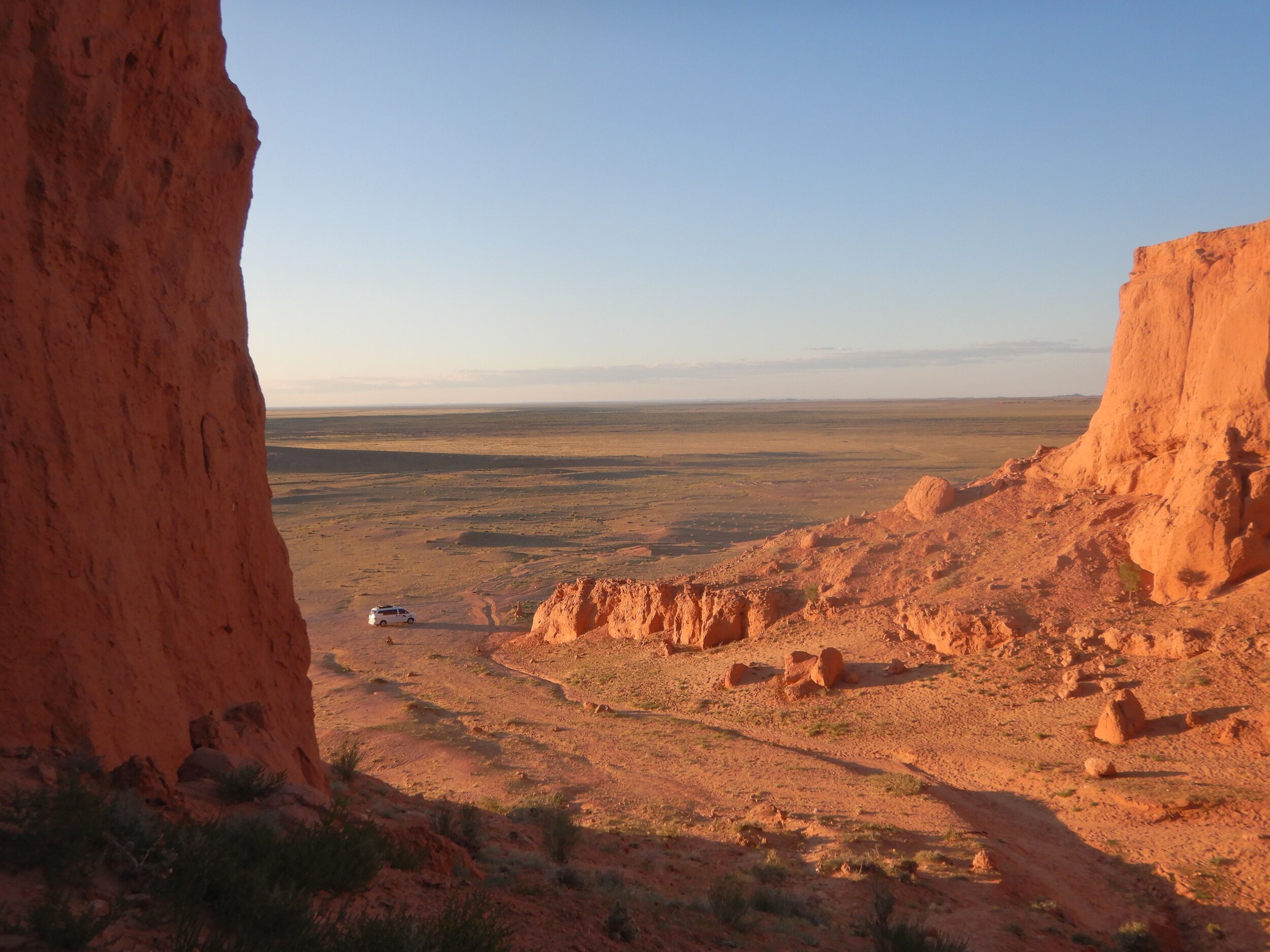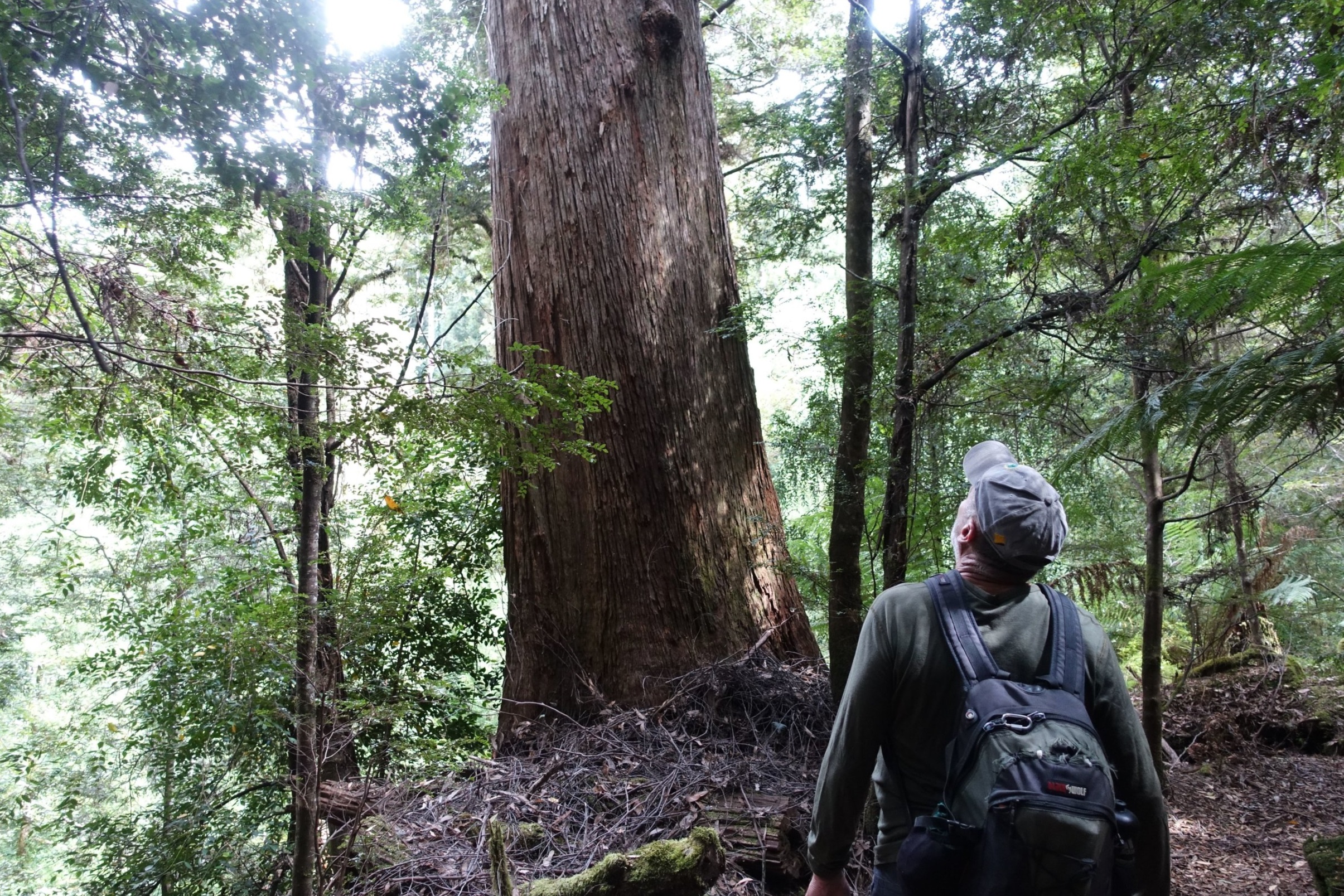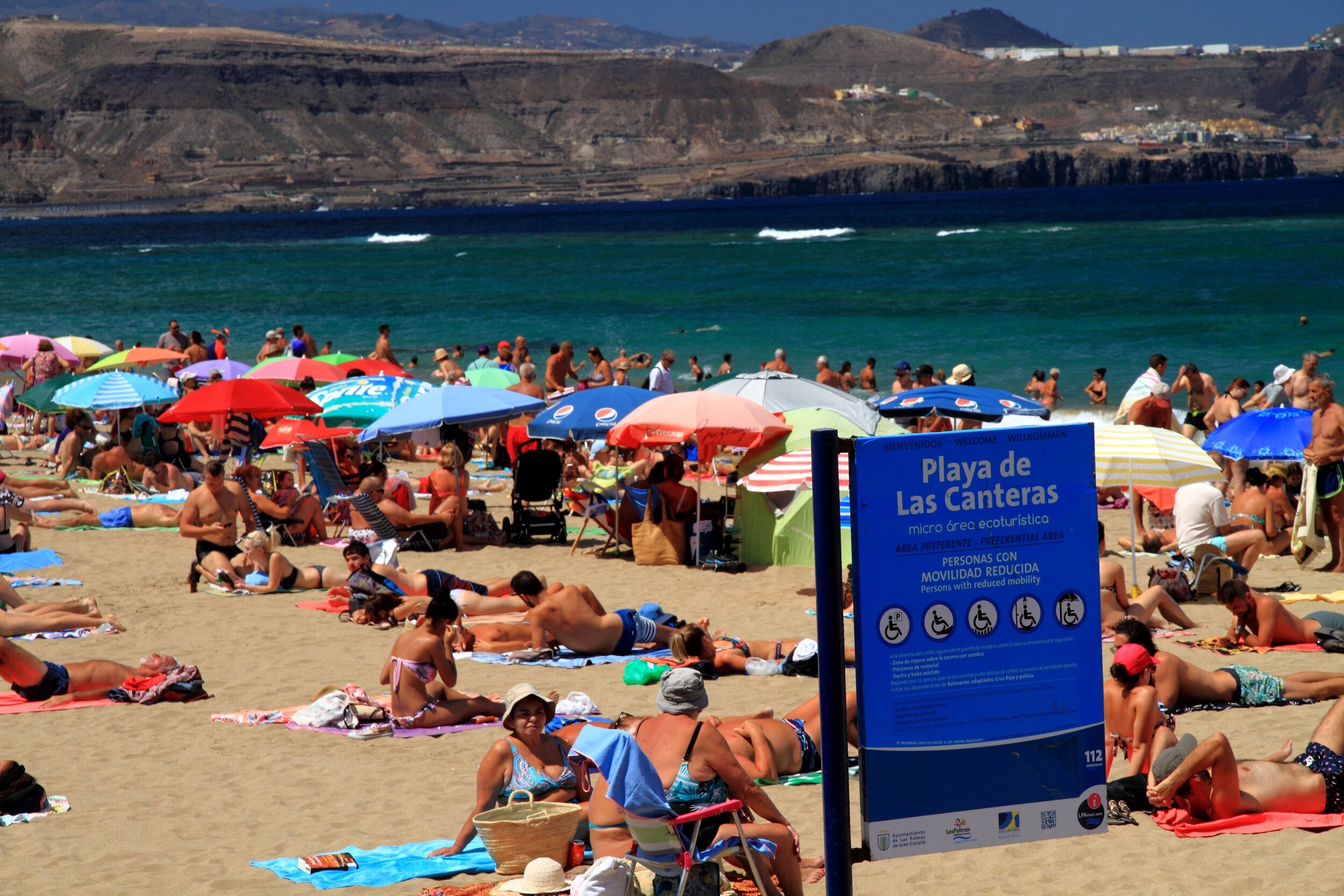Uruguayan Odyssey
/Sunday Afternoon on the Rio Negro
In the past Uruguay has generally not featured on many South American travellers' itineraries, particularly those with limited time, where the focus tends to be on the continent's big attractions, such as Machu Picchu, Iguazu Falls, Rio, and Patagonia. But that is changing. Lonely Planet ranked it #8 in countries to visit in 2016 and tourists are increasingly discovering that Uruguay has a lot to offer. We spent two and a half weeks travelling from the North West of the country to the South East border with Brazil. Here is a bit about our experience.
It is sometimes called the Switzerland of the Americas, sandwiched between it's much bigger and more volatile neighbours – Argentina and Brazil. It is a stable democracy, with good infrastructure for travellers, is fairly safe with a relaxed, laid back feel, and it has plenty to see and do.
sorghum fields near Valdense
We had visited Montevideo and Colonia del Sacramento back in late 2007, catching the ferry from Buenos Aires (which, by the way, is an Incat Ferry manufactured in Tasmania). This is the conventional way to travel from Argentina to Uruguay, but having done this previously we decided to enter the country in a less traversed manner – via Salto in the north.
Catedral, Cordoba, Argentina
Salto
We had several days in Cordoba, Argentina's second biggest city before taking an overnight bus to Concordia, the Argentinian town closest to Salto. It was then just another much shorter (1 hour) bus trip from Concordia to Salto and we'd arrived in Uruguay.
Riverfront, Rio Uruguay, Salto
Salto is Uruguay's second biggest city, with a population of around 100,000, but has a small town feel. It sits on the wide Rio Uruguay, which forms the border between Uruguay and Argentina. You'll still see horses and carts competing with trucks making deliveries around the town.
Entrance, Dayman Termas
Salto's main tourist drawcards are it's termas (hot springs). There are a number in the region. We decided to visit the nearby Dayman Termas. It is 8kms from Salto. Buses go hourly from Salto to the termas costing around $AUS1.40/$US1 each way. Entry to the termas was around $AUS6.50/ $US5.
There are a number of different pools of varying temperatures all set in pleasant grounds with picnic tables, kids play equipment and plenty of space.
We spent several hours dipping in and out of the different pools and generally doing very little.
It was a Monday and not very crowded. It did occur to us that most of our family and friends were probably not having as relaxing a Monday as we were. Sorry folks.
In Salto we stayed in an apartment called Loft Centro. This turned out to be an excellent choice. Our host, Marcus, met us at the bus station, gave us a detailed briefing of the facilities of the apartment (which was spacious and comfortable) and tips such as where to get great pizza (about 300m from the Loft). Oh yes, we also got a welcome bottle of the local, very palatable red wine. He even dropped us at the bus station when we left. Thanks Marcus.
Marcus and Ken
Mercedes and Fray Bentos
After Salto it was a 4 hour bus ride south to Mercedes.
Mercedes catedral (1860)
We'd read the blurb in Lonely Planet about how the now closed Fray Bentos factory, that had operated for 117 years, exporting beef and other products from Uruguay to the world (eg Oxo stock cubes and Fray Bentos pies to name but two), had been turned into a museum: the Museo de la Revolucion Industrial. Sounded interesting, so we thought we'd take a look.
The nearest major town is Mercedes 45 minutes away, so we decided to stay there, though you can also stay in the town of Fray Bentos itself.
We discovered that the museum and old factory are known as Ex-Frigorifico Anglo (The English Fridge) to the locals, so if you want to ask directions call it that.
Museo de la Revolucion industrial
There was little in the way of signage pointing the way from Fray Bentos bus station to the Frigorifico, but a helpful woman in the info booth at the station gave us a map and showed us where it was. It was a quiet Sunday morning with few people about, so we walked the 2.5km to the museo as there was no sign of any taxis.
old machinery, Ex-Frigorifico Anglo
Entry was modest at around $AUS2/$US1.50. You don't need a lot of time to get the gist – 1 to 1.5hrs is plenty. There are lots of interpretation boards (in Spanish) in the section of the factory that has been renovated. And there is a section where you can walk through amongst a plethora of huge, old machines that performed a range of functions. The factory closed and the machines went silent in 1979.
The site is really like a small town with a mixture of old buildings that were part of the old factory complex. People are living in many of them and some have other functions, such as a clinic. There are also lots of boarded up parts that are not in use. It's interesting to wander the streets and lanes, as well as down on the riverfront, where a giant concrete box-shaped building stands, which was the actual Frigorifico.
the frigorifico
After a solid dose of Uruguayan industrial history it was back to Mercedes for a cold beer and a chivito (which is a steak or roast chicken sandwich with lots of extras – very nice).
Part of the Ex-Frigorifico site
Colonia del Sacramento
Colonia del Sacramento, generally just referred to as Colonia, is a popular day trip visit from Buenos Aires as it's only 1 hour by boat.
RIO PLATA, COLONIA
It is a well preserved colonial town which was fought over by both the Portugese and Spanish, with evidence of both to be seen in the town.
Historic part of colonia
The main tourist precinct is small and easily covered in a couple of hours, so it makes a good day trip.
lighthouse built on the ruins of Convento de san francisco (17th century)
We needed to stay here for one night as it was a logical stopping off point between Mercedes and our next stop – an Estancia (ranch) an hour or so west of Colonia so that Cally could get a horseriding fix.
El Galope Hostel and Estancia
cally and a friendly local
There are many estancias in Uruguay where you can go to ride horses and find your inner gaucho – cowboy, (or gaucha for the cowgirls). Most can provide accommodation, meals and horse riding. We picked El Galope because it caters for all levels of riders, so a virtual non-rider like me can have a basic lesson (which is what I needed). El Galope is accessed through the town of Valdense which is 50 minutes from Colonia or 1 hr 50 minutes from Montevideo. Click here if you want to know more about El Galope.
Miguel and Monica who own El Galope are great hosts. We only had two nights, but Cally got in two rides, the second being a long 4 hour ride that left her beaming for days. Miguel gave ourselves and two other visitors, Liesbeth and Joely a basic descriptive lesson in horse-riding 101 that I found very useful.
liesbeth in action
Unfortunately on the last morning, which was to be my time on a horse it was raining heavily so I didn't get to put what I'd been shown into practice, but Cally had two good rides and her love of horse-riding was why we'd gone there. Definitely recommended.
cally and liesbeth living the gaucha fantasy, with miguel from el galope (it's not loaded)
Montevideo
plaza independencia and palacio salvo
Uruguay's capital Montevideo, with 1.3 million people, is by far the country's biggest city (Uruguay's population is 3.3million) but it feels quite manageable and approachable to the visitor. The main area for tourists is the old city (Ciudad Vieja) and nearby Plaza Independencia.
mausoleum artigas (famous founding father of Uruguay)
A number of impressively grand 19th century neo-classical buildings give Montevideo an air of past grandeur combined with a slightly daggy feel as many of these appear to be in need of a bit of restoration.
There is easy pedestrian walking in the old city and the adjacent Mercado del Puerto is very worthwhile, especially on a weekend when the parrilla (barbeque) restaurants are all fired up.
parrilla, mercado del puerto
Central Montevideo sits on a peninsula and ramblas (promenades) run along the shores. We enjoyed walking along the rambla beside the Rio de la Plata from the old city to Playa Ramirez (beach) – 3 to 4 km each way depending on your starting point.
Montevideo rambla
We spent several cruisy days wandering around Montevideo, getting a few tasks done, and generally having an easy time of it.
inside one of montevideo's historic homes that are now museums
[PS Hi to Diane and Albert from Guelph, Canada who we met at El Galope and spent a very pleasant evening with in Montevideo.]
Punta del Diablo and Chuy (Atlantic Coast on Brazilian border).
Punta del diablo
Our original plan was to stop at several places along the Uruguayan coast on the trip from Montevideo to Brazil, with Punte del Este and Cabo Polonio at the top of our list. But our plans were thwarted somewhat by the fact that Australians need visas to visit Brazil. What we thought would be a straightforward process via the Brazilian Consulate in Montevideo turned out to be somewhat of a drama due to the convoluted process (the first part is done on-line and includes attaching a digital photo of oneself in a very specific format which did not match up with any of the settings on our various cameras; the second part is done in person and requires lots of printed out attachments). We won't bore you here with the gory details (we will probably add it to Brazilian Top Tips which we will write after we leave Brazil), suffice to say that we decided, after completing the on-line part of the application, to travel to Chuy on the Uruguay/Brazil border where, we were told, that we could complete the second part of the process in two working days at the Brazilian Consulate in Chuy instead of the five we were quoted in Montevideo.
Street - Punta del diablo
The other benefit of this approach was that the beach town of Punta del Diablo is 1 hour bus ride from Chuy and reasonably well connected with buses, so we could stay in Punta and go into the Brazilian Consulate in Chuy if they needed to see us on multiple occasions rather than Chuy itself which has little to recommend it.
Things went well and we had our visas within a day of submitting everything to the consulate. This meant we were able to spend three very enjoyable days in laid back Punta swimming, reading, plotting our Brazilian trip and not doing too much at all.
playa viuda - punta del diablo
Conclusion
We spent two and a half weeks in Uruguay, entering in the northwest from Argentina via Salto and travelling south to Colonia, then along the coast to Brazil passing through Montevideo.
mate gourds, el galope
We met lots of lovely people on the way, both local Uruguayans and other travellers.
Overall we found the Uruguayan people to be friendly, welcoming and very helpful. The country feels safe and the infrastructure for travellers (ie the essentials buses, ATMs, hotels) works well.
old building, punta del diablo
We did not by all means see all that it has to offer, but what we did see and experience we thoroughly enjoyed.
Add Uruguay to your ''must visit” list.
If you want more information on tourism in Uruguay click here for the official Uruguay government website.
Ken
Next Stop: Brazil!
on the left is CHUI (BRAZIL) ON THE RIGHT IS CHUY (URUGUAY)
























































